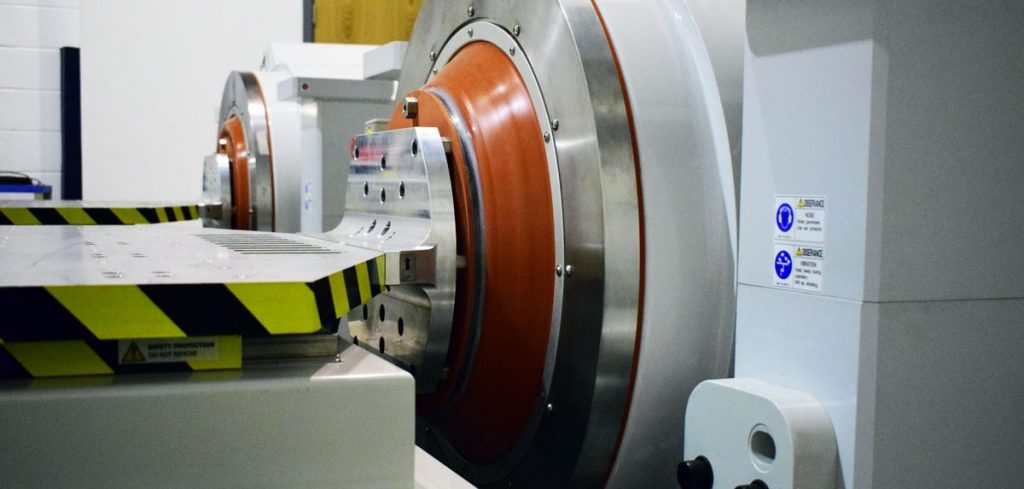Responding to rapidly increasing demand from the UK automotive industry for advanced battery safety testing, Horiba MIRA has invested £1.5m (US$1.96m) in a new Large Climatic Vibration Laboratory and Battery Abuse Facility.
Due to open this month, the laboratory is the UK’s first battery vibration test facility to also offer electrical and thermal cycling. This enables battery charging and discharging while in use, along with climatic capability, to carry out tests in ambient conditions ranging from -40°C to 100°C.
The twin vibration facility can operate in three axes and has the capacity to vibrate up to 1 ton of mass, making it suitable for testing the biggest EV batteries on the market to regulatory standards such as UN38.3 and ECEReg100.
The company notes that lab represents the second part of a recent £1.5m investment into battery safety-related testing, which includes a Battery Abuse Test (BAT) facility that opened in July. The facility provides abuse and safety testing at cell, module and pack level, in all-weather conditions, supported by high speed cameras, thermal imaging and gas detection.
According to the company, a key advantage of the new ‘shaker’ is that it can electrically and thermally cycle a battery during vibration testing and is fully programmable to reflect actual vehicle duty cycles – a unique function in the UK that will help provide test results that are representative of real-world conditions. Furthermore, tests that have traditionally been performed individually can now be done simultaneously. This reduces the overall test duration and the number of test samples required, helping lower product development costs.
Eamonn Martin, solution manager for electrification and environmental validation at Horiba MIRA, explained, “The environmental and societal drive toward zero emissions transport has increased the need for more advanced battery engineering and the testing capability to support that. We’ve been developing batteries and testing them for our customers for almost 20 years, this latest investment complements our existing EV battery development portfolio with additional capability to validate the latest battery technologies.”


